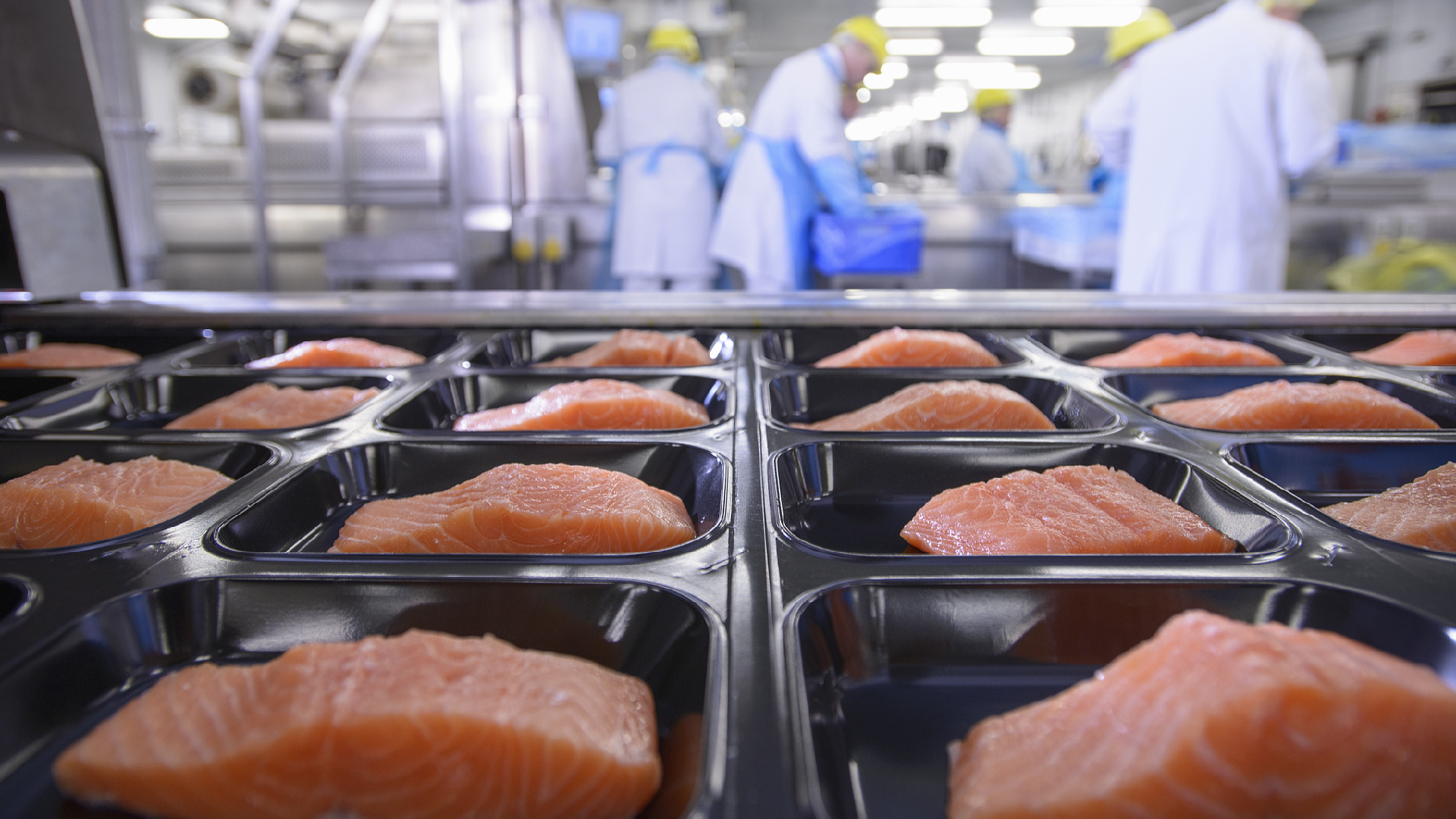More than 3,600 chemicals from food packaging detected in humans
A study released on Tuesday has found that over 3,600 chemicals used in food packaging or preparation have been identified in human bodies. Some of these substances are harmful to health, while information on others remains limited.

Lead author Birgit Geueke, from the Zurich-based Food Packaging Forum Foundation, noted that approximately 100 of these chemicals are regarded as being of "high concern" for human health.
Certain chemicals, such as Per- and polyfluoroalkyl substances (PFAS) and bisphenol A, are relatively well-researched and have been detected in human bodies, leading to calls for their bans. However, Geueke emphasized the need for further investigation into the health impacts of other less-studied chemicals, urging more research to understand how these substances migrate from packaging into food.
The researchers had previously identified around 14,000 food contact chemicals (FCCs), which can migrate into food from various packaging materials, including plastic, paper, glass, and metal. These chemicals may also originate from other aspects of the food production process, such as conveyor belts and kitchen utensils.
Upon examining existing biomonitoring databases that track chemicals in human samples, the researchers anticipated uncovering several hundred FCCs. Instead, they were taken aback to find 3,601, representing about a quarter of all known FCCs.
Geueke pointed out that while the study revealed these chemicals' presence, it does not definitively establish that they entered the body solely through food packaging, as "other exposure sources are possible."
Among the chemicals deemed of "high concern" were various PFAS, often referred to as forever chemicals, which have been associated with numerous health issues and detected throughout the human body in recent years. Bisphenol A, a known hormone disruptor used in plastic manufacturing, was also identified; it has already been banned from baby bottles in many regions. Additionally, phthalates, another hormone-disrupting chemical linked to infertility, were found. However, less is known about oligomers, which are byproducts of plastic production. Geueke noted, "There is almost no evidence on the health effects of these chemicals."
Regarding toxicology, an old adage states that "the dose makes the poison." Geueke acknowledged that the study could not determine whether any of the chemicals were present in particularly high concentrations. However, she cautioned that interactions between these chemicals could be significant, citing one sample that contained as many as 30 different PFAS.
To mitigate risks, Geueke advised minimizing contact time with packaging and avoiding heating food in its original packaging.
Duane Mellor, a specialist in evidence-based medicine at Aston University in the UK and not affiliated with the research, commended the findings as a "very thorough piece of work." However, he noted that the study does not clarify the extent of exposure to these chemicals or their alternate sources in the environment. Rather than feeling "unduly alarmed," Mellor encouraged the public to "demand better data and minimize unnecessary exposure to chemicals which may ultimately impact our health."
Several of these chemicals are already facing restrictions. The European Union is nearing the conclusion of a ban on PFAS in food packaging and has proposed a similar ban for bisphenol A, targeted for implementation by the end of this year.
The findings were published in the Journal of Exposure Science and Environmental Epidemiology.
Frederick R Cook contributed to this report for TROIB News
Discover more Science and Technology news updates in TROIB Sci-Tech












